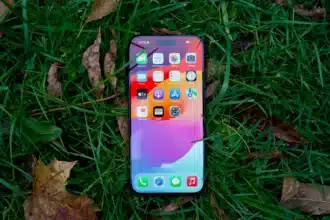Thanks to augmented reality (AR) and virtual reality (VR) technologies, the digital landscape is evolving fast with two manufacturers delivering advanced technologies that will change paradigms regarding the way we interact with the digital universe. Apple Vision Pro is, in one corner, its price as a whopping $3499 while the Meta Quest 3 is a comparatively cheaper option with a price of $499. So, generally, what are the differences between the two price offerings? Which one should you prefer? Let’s explore further.
Meta Quest 3 vs. Apple Vision Pro, which is better? This question has sparked a lot of debate especially after Meta CEO Mark Zuckerberg’s recent remarks. He did it with the utmost confidence and even called himself the hero by saying that Quest 3 is not only the better value but also the better product overall. By comparison, let us examine both headsets and determine which is more effective.
Design and Build Quality: Premium vs. Practical
Apple has always been famous for its elegant details in their products and Apple Vision Pro is a real engineering masterpiece which looks very classy and modern at the same time. Materials used in the construction of the gadget include aluminum and glass that are very upscale and give it a luxury look. In addition, it comes with an individually crafted headband for comfort, a digital crown to help in easy navigation and advanced eye-tracking technology for seamless interaction.
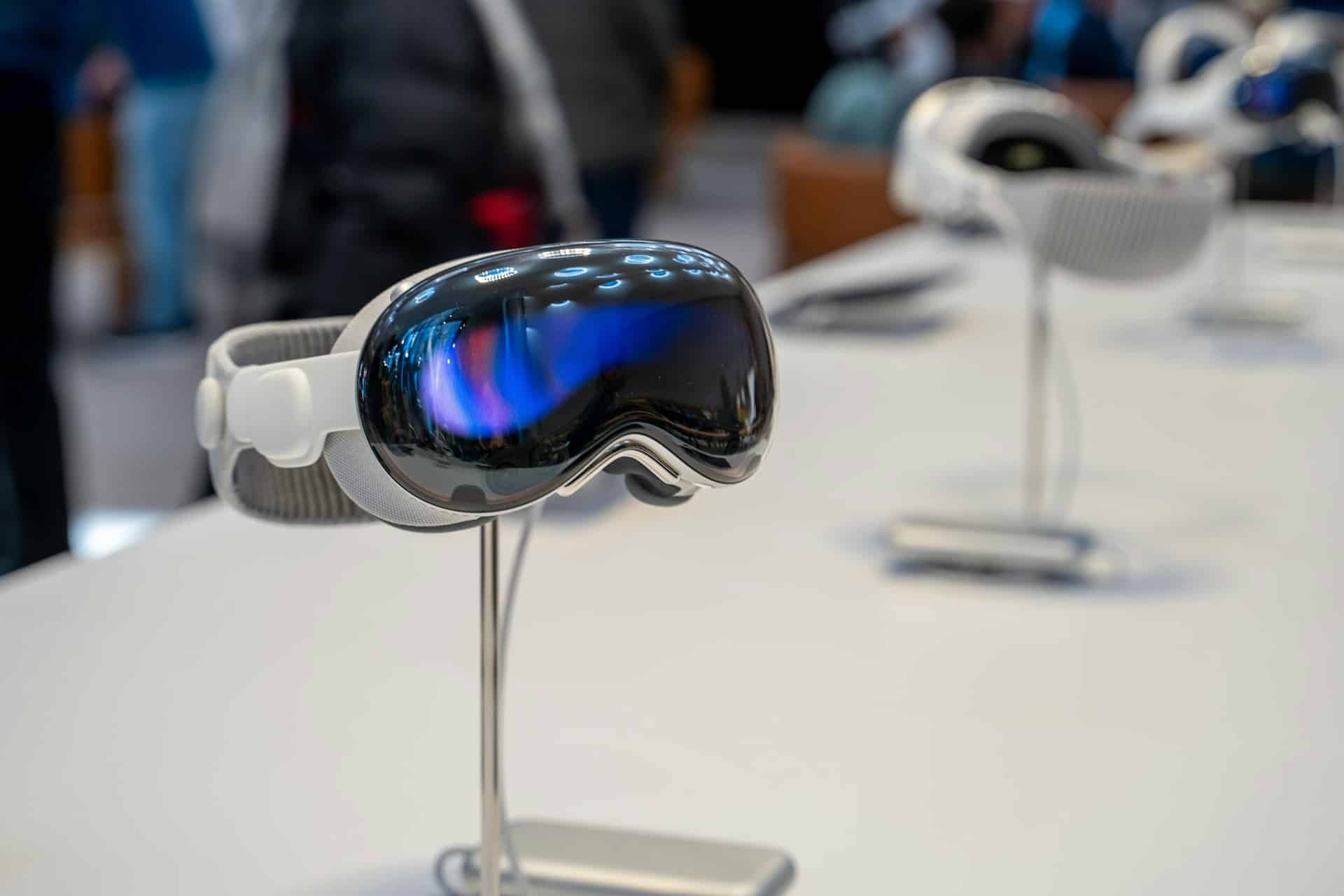
On the other hand, the Meta Quest 3 may not be as premium in its build, but considering its price tag, it is still quite rugged and well-engineered. It is light, comfortable, and molded from hardy plastic. What has been brought to the fore this time is practicality and ease of access—making sure that the device is friendly to the user and really inexpensive, not having to give away too much on performance.
Apple Vision Pro Clarity vs Meta Quest 3 Immersion
As for display quality, Apple Vision Pro stands far ahead. It will pack ultra-high-resolution micro-OLED displays for clarity and accuracy of color reproduction. That essentially means everything that appears in augmented reality or in VR will be given in an ultra-realistic fashion—with sharp details and vibrant colors. Apple’s device is targeting a niche of people who want the best visual experience, be that due to work, entertainment, or creative projects.
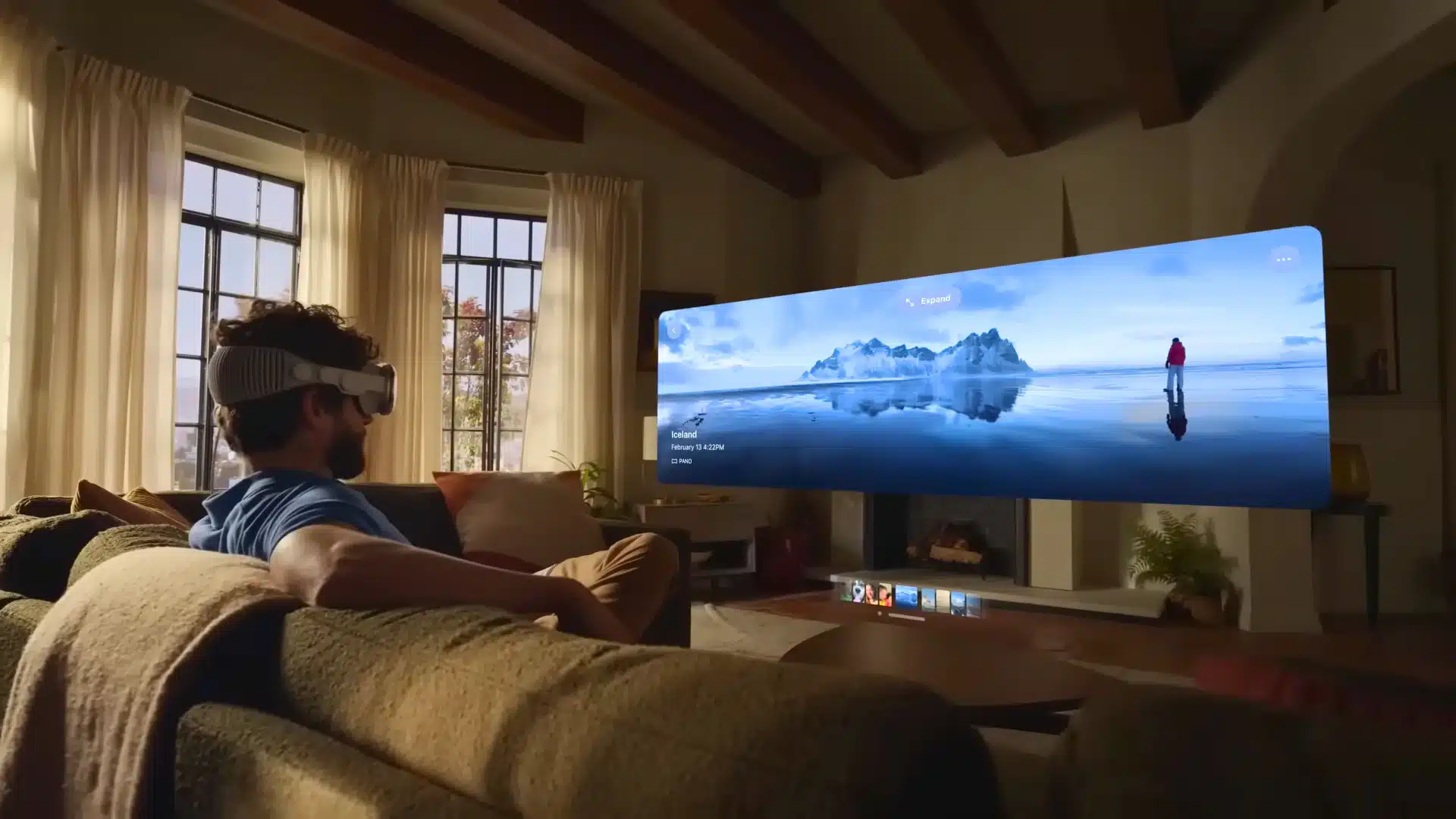
While not as impressively gorgeous as the Vision Pro, the Meta Quest 3 has enough merits to be worth its price. It comes with a high-resolution LCD display featuring a 90Hz refresh rate that can produce smooth visuals. Built for gaming and casual VR, the Quest 3 gives users a feeling of immersion that could only have been expected from something at a much higher price point.
Apple vs Meta: Performance and Functionality
Under the hood, it is a real beast: the Apple Vision Pro comes equipped with Apple’s M2 chip—the same one used in their new MacBooks to deliver advance processing power with maximum efficiency. Combination of M2 Chip and VisionOS have brought this gadget to a very next level.
It makes it more than capable of handling even the most demanding AR and VR tasks with ease, so it is the perfect device for pros who want something that won’t slow down under demanding applications. It also features advanced sensors and cameras that will allow for a mixed reality experience whereby real and virtual worlds blend together seamlessly.

On the other hand, Meta Quest 3 is personalized to combine all the features and ease of access because It is backed by the Qualcomm Snapdragon XR2 platform which is more than enough for tasks like gaming and watching movies.
The Quest 3 is also a stand-alone device which means that you don’t need PC or any external sensor to operate, which is a huge plus for those who want to take it easy and have fun without any hassle.
You May Also Like: M4 iPad Pro or M2 iPad Air (2024)
Ecosystem of Apple and Meta
If you are already using Apple products then the Vision Pro will work with all the rest to unify experiences on your iPhone, iPad, Mac, and Apple Watch. On the other side, this also puts you inside Apple’s ecosystem with limited support for non-Apple devices.
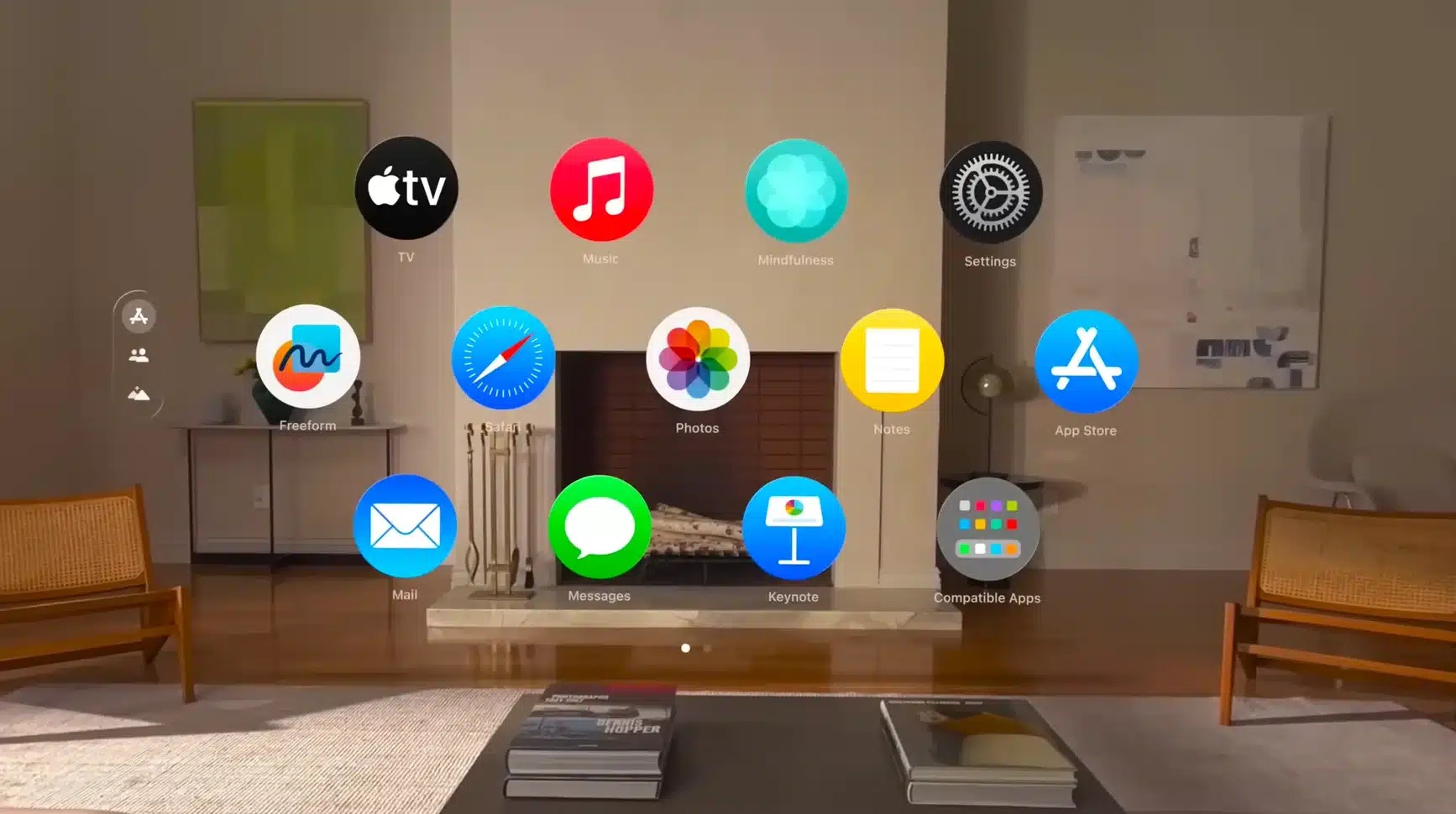
The Meta Quest 3 has some more legroom, however. Tons of apps and games are compatible with it from the Meta Store—formerly the Oculus Store, of course. And of course, pairing with a PC opens up much more content for users. The Quest 3 is perfect for those wanting a more open ecosystem, wanting to tinker about with other platforms.
Controls & Interaction
Unlike the other headsets, the Apple Vision Pro has control mechanisms that create a direct interface that feels as if it is actually part of your hand. Which is the better setup? Apart from Apple, the Quest 3 comes with conventional controllers providing haptic feedback and delivering an immersive experience of interaction.

The traditional approaches possess their own merits, thus the controllers of the Quest 3 are more trustworthy for tasks such as precision.
Productivity & App Library
Now, If you are looking from the perspective of productivity then this is where the Vision Pro shines differently. It supports tons of iPad apps and further allows users to connect a MacBook, making the headset act like one huge 4K display and powered with an M2 chip makes it glides through several applications simultaneously to provide a seamless work experience.
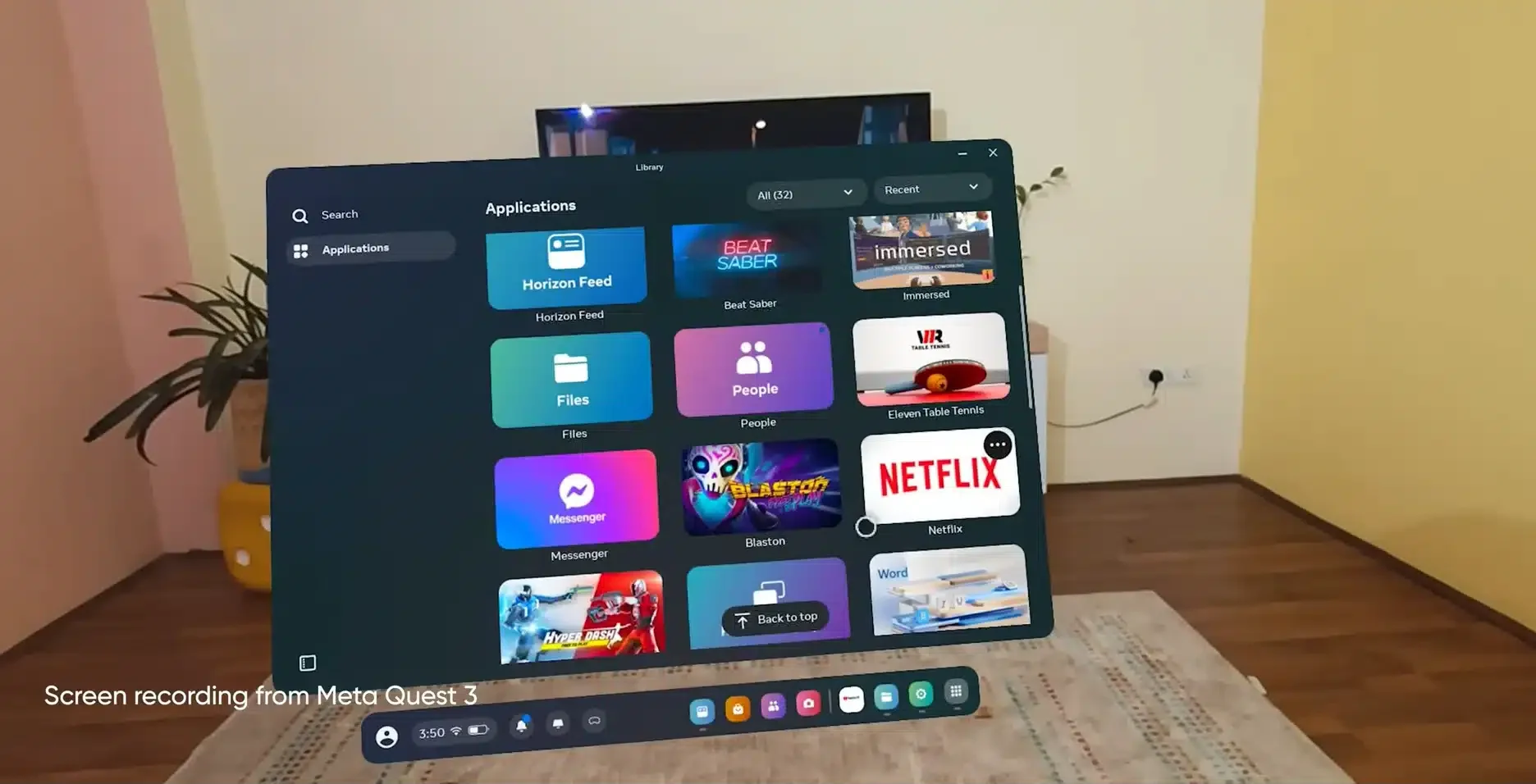
The Meta Quest 3 does have some productivity capabilities, but it doesn’t hold a candle to the Vision Pro. You can pair up a laptop and mirror a display, but the resolution is significantly worse than that of the Vision Pro. A lot fewer apps are available on the Quest 3, too, since it’s mainly focused on games rather than productivity. You’ll find all the essentials, like Netflix and YouTube, but it’s a more versatile choice for casual use.
Gaming & Entertainment
Gaming is the Meta Quest 3’s greatest strength. It has a big list of games, easy-to-use controls, and a simple interface, so it gives an experience you cannot beat. Whether competing in rhythm titles such as Beat Saber and AAA games such as Assassin’s Creed Nexus or not, the Quest 3 still provides a gaming experience that surpasses the Vision Pro.

However, the experience is quite shallow on Vision Pro because of poor titles and a bad control interface. Yes, great fun, but not with the same depth and variety that a Quest 3 experience brings. Of course, Vision Pro really hits the stride with entertainment through an improvement in visual performance created by 4K micro OLED panels for movies and shows. The sound quality, meanwhile it is awesome, the view is filled with really rich sound.
Still, the audio and visual quality are good for the Quest 3 but not as much immersive when using the Vision Pro. It works as a good casual viewer. However, serious entertainment people might just swing towards the Vision Pro.
Battery Life & Charging
Battery life for the headsets is virtually identical at around 2.5 hours, based on usage. It takes around 2 hours and 15 minutes to fully charge the Quest 3 with the supplied 18W charger. The Vision Pro falls slightly swifter in terms of the difference its 30W charger makes. On the whole, nothing groundbreaking but typically gets most users through.
Is it worth buying Apple Vision Pro over Meta Quest 3?
Ultimately, the choice of going for an Apple Vision Pro instead of a Meta Quest 3 simply narrows down to your specific needs and your budget. If you value top-notch build quality, display, advanced productivity features, and are quite well-equipped in the Apple ecosystem, then Vision Pro gives top-class experiences that really make its price worth the cost. It’s quite fitting for Pros, creatives, and people who want the best AR/VR technologies.
While in terms of Performance the Meta Quest Pro is very outstanding, especially where gaming and casual entertainment are concerned, its overall value begins to drop when budget comes into the equation. For a fraction of the price and versatile, enjoyable experience, the Meta Quest 3 still remains better for most users who want that sweet spot between functionality and affordability.
Note: This article is update on Jan 3, 2025
Editor Recommendations:







